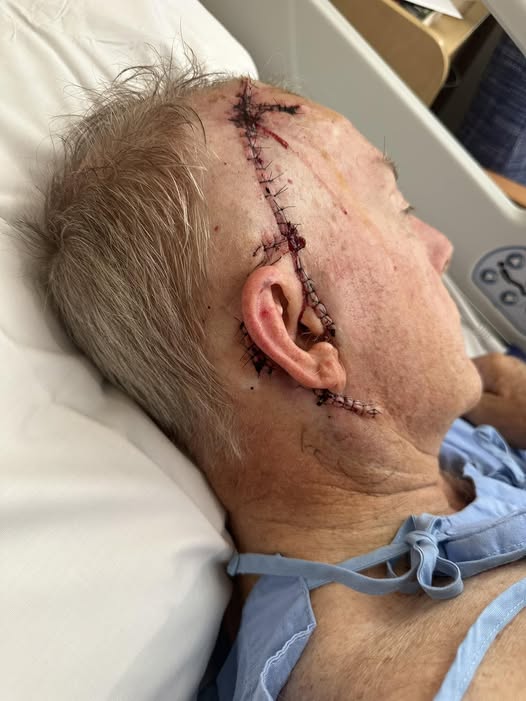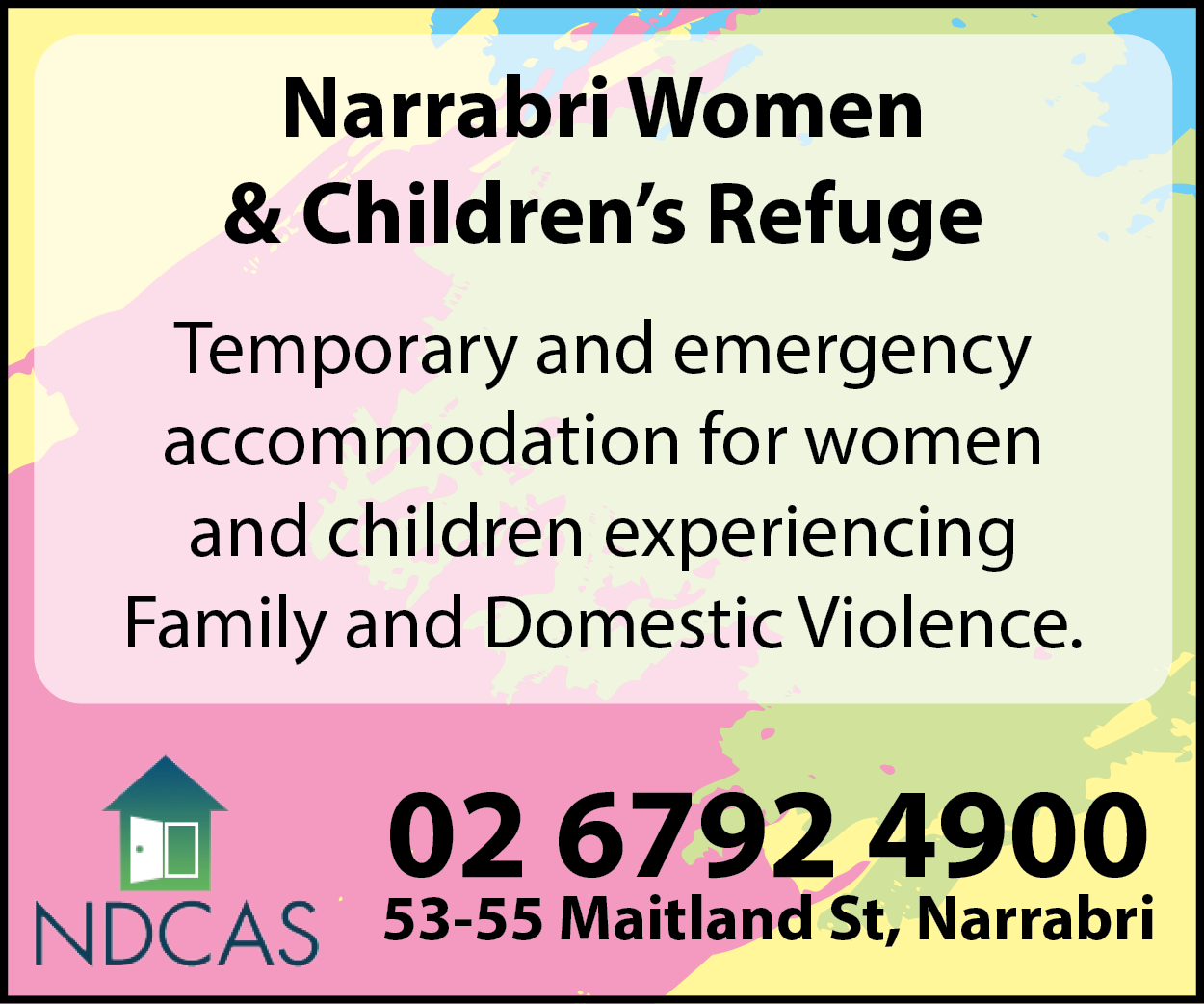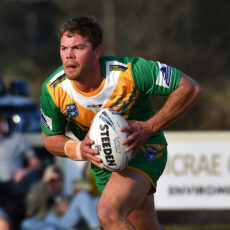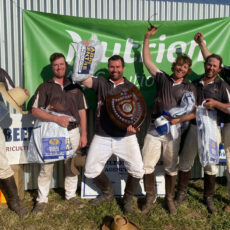Federal Member for Parkes Mark Coulton has encouraged people to embrace sun safety following melanoma surgery last week.
Mr Coulton underwent a three-hour surgery to remove his third melanoma and five lymph nodes.
In an update after the procedure, Mr Coulton said he would no require further treatment and that the surgery had been completed successfully.
“I cannot stress enough how important it is for everyone to follow the timeless adage of ‘Slip, Slop, Slap, Seek, Slide’ – it does not matter whether you are a young parent taking your child to the pool for a swimming lesson, a cocky who has been on the land for 30 years or an international tourist holidaying in Australia,” Mr Coulton said.
“Proper sun safety is the only way to prevent this from happening to you, and regular skin checks are the only way to catch skin cancer early.”
Australia has the highest rate of melanoma in the world, with one Australian diagnosed every 30 minutes.
This year, it is expected that almost 17,000 Australians will be diagnosed with melanoma, according to the Melanoma Institute Australia. An estimated 1300 Australians will die from melanoma this year.
Often melanoma has no symptoms, however, the first sign is generally a change in an existing mole or the appearance of a new spot. These changes can include:
• Colour – a mole may change in colour, have different colour shades or become blotchy.
• Size – a mole may appear to get bigger.
• Shape – a mole may have an irregular shape, may increase in height or not be symmetrical.
• Elevation – the mole may develop a raised area.
• Itching or bleeding.
Information from the institute shows that overexposure to ultraviolet (UV) light causes 95 per cent of melanomas.
The best way to prevent melanoma is to protect your skin from the sun by following the 5 Sun Safe Rules:
• Seek shade, especially in the hottest part of the day.
• Wear sun-protective clothing that covers your back, shoulders, arms and legs.
• Wear a broad-brimmed hat. A brim protects your ears and neck more than a cap.
• Wear wrap-around sunglasses. Check the label to ensure they meet the Australian standard (Category 2, 3 or 4).
• Apply a broad-spectrum sunscreen with an SPF of at least 50+ every 2 hours and after swimming or exercise.
People are also encouraged to understand UV ratings.
Light from the sun contains UV radiation which can damage your skin. It’s important to remember that UV can’t be seen or felt, and cloud cover won’t necessarily reduce UV radiation levels. The UV index can be high even on cool and overcast days.
The UV index is a tool you can use to know when to protect yourself from UV radiation. When the UV index is 3 and above, sun protection is always needed. If you have very fair skin and will be in the sun for long periods (more than an hour), you may need protection even if the UV index is below 3.
To order photos from this page click here










